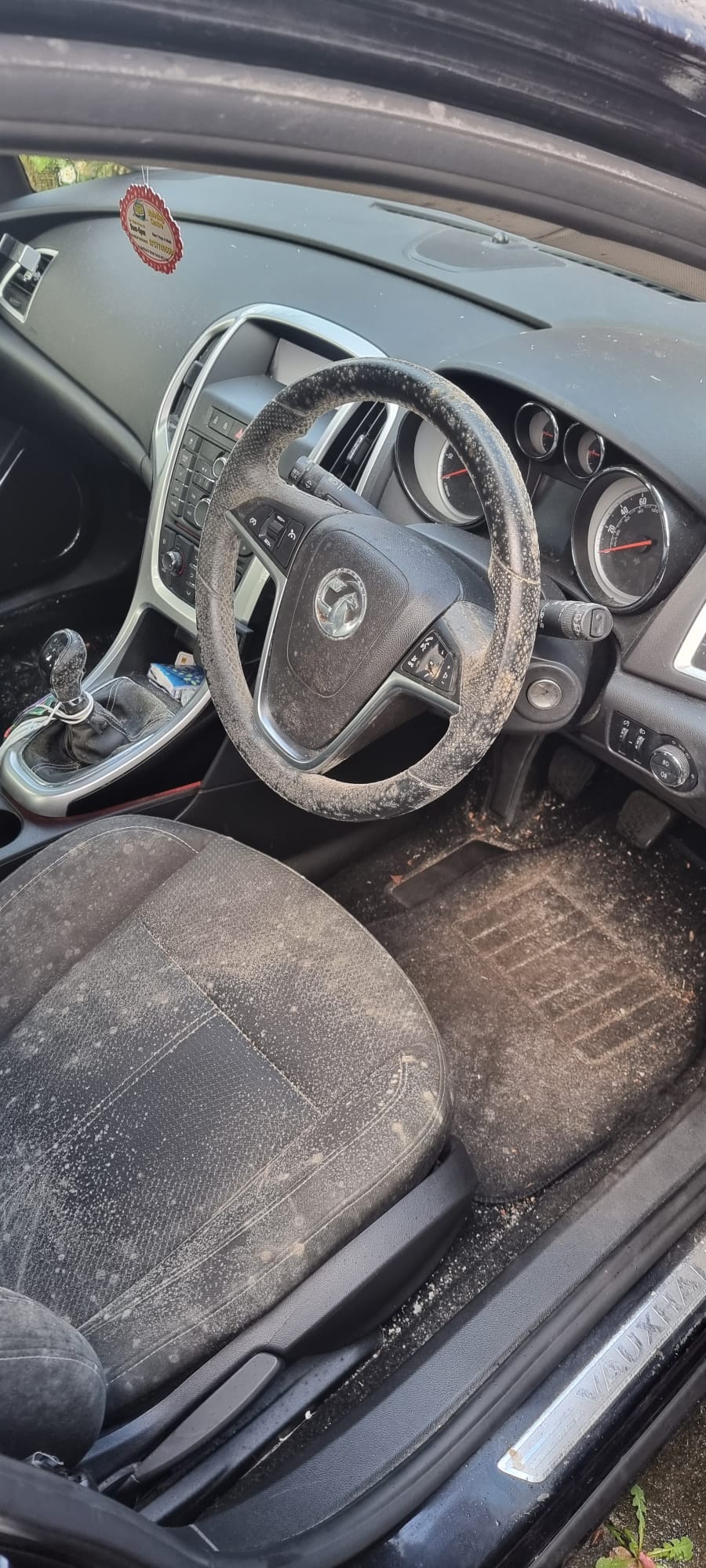
The Comprehensive Guide to Car Mould Removal
Mould is a persistent problem that can take root in various forms within your car, and it’s crucial to address it promptly. Whether it’s green-coloured species like Aspergillus, Penicillium, and Cladosporium or the more menacing black mould Stachybotrys-Chartarum, they can all pose health risks and breathing problems. In this article, we’ll delve into what causes mould to grow inside a car, its detrimental effects, and, most importantly, how to effectively treat and remove it.
Common Causes of Mould Growth in Your Car:
- Poor Air Quality: One of the primary reasons for mould growth in your car is poor air circulation. When a vehicle remains stationary for an extended period, it creates a closed environment where temperature variations can lead to condensation. Additionally, if your car is cluttered with debris and old food items, it becomes an ideal breeding ground for mould. Just as you wouldn’t expect mould in a clean house, maintaining a tidy car is crucial.
- Moisture Intrusion: Moisture is a breeding ground for mould, and it can seep into your car through damaged seals around doors, windows, or the trunk. Whenever it rains, these damaged seals can let in small amounts of water, leading to condensation, unpleasant odors, and eventually mould growth.
- Pets: While we love taking our furry friends for rides, they can unwittingly introduce moisture into your car. Wet dogs, for instance, can leave water on upholstery, creating a damp environment conducive to mould development.
- Wet Clothing: Similar to pets, wet clothing left in the car can harbor moisture and contribute to condensation problems, making it essential to remove damp items promptly.
Effective Car Mould Removal Techniques:
When dealing with mould inside your car, it’s crucial to follow a thorough process for effective removal. Rinse Works Valeting offers a multi-step approach to tackle this problem:
- Inspection: Begin by inspecting the car thoroughly to locate the source of the mould problem, which will help in tailoring the removal process.
- Identification: Identify the type of mould present and select appropriate techniques and products for removal.
- Dry Hoovering and Sanitization: Initiate the process with a dry hoover to remove loose mould particles, followed by the application of a super clean sanitizer spray.
- Professional Steam Cleaning: Utilize professional steam cleaning equipment to kill mould spores embedded in fabric surfaces and release ozone inside the car, helping eliminate mould effectively.
- Wet Cleaning: Perform a wet cleaning process, including wet vacuuming of seats, carpets, and headliners (if applicable). In severe cases, removing all seats from the vehicle might be necessary to ensure comprehensive treatment.
- Anti-viral Fogging: Use an anti-viral fogger that disperses throughout the vehicle, including the vents, leaving a pleasant scent and ensuring thorough mould elimination.
When Mould Damage is Irreversible:
In rare cases, the mould infestation may be too severe, penetrating deep into the car’s foam and upholstery. In such situations, your valater may recommend replacing foam inserts and upholstery or, in extreme cases, suggest that the vehicle needs to be retired.
Conclusion:
Mould growth in your car can pose serious health risks and damage to your vehicle. Timely intervention and professional removal services like those offered by Rinse Works Valeting can help you maintain a clean and healthy car interior. If you suspect mould inside your vehicle, don’t hesitate to contact Rinse Works Valeting Manchester for a free quote and consultation to address your mould issues promptly.





